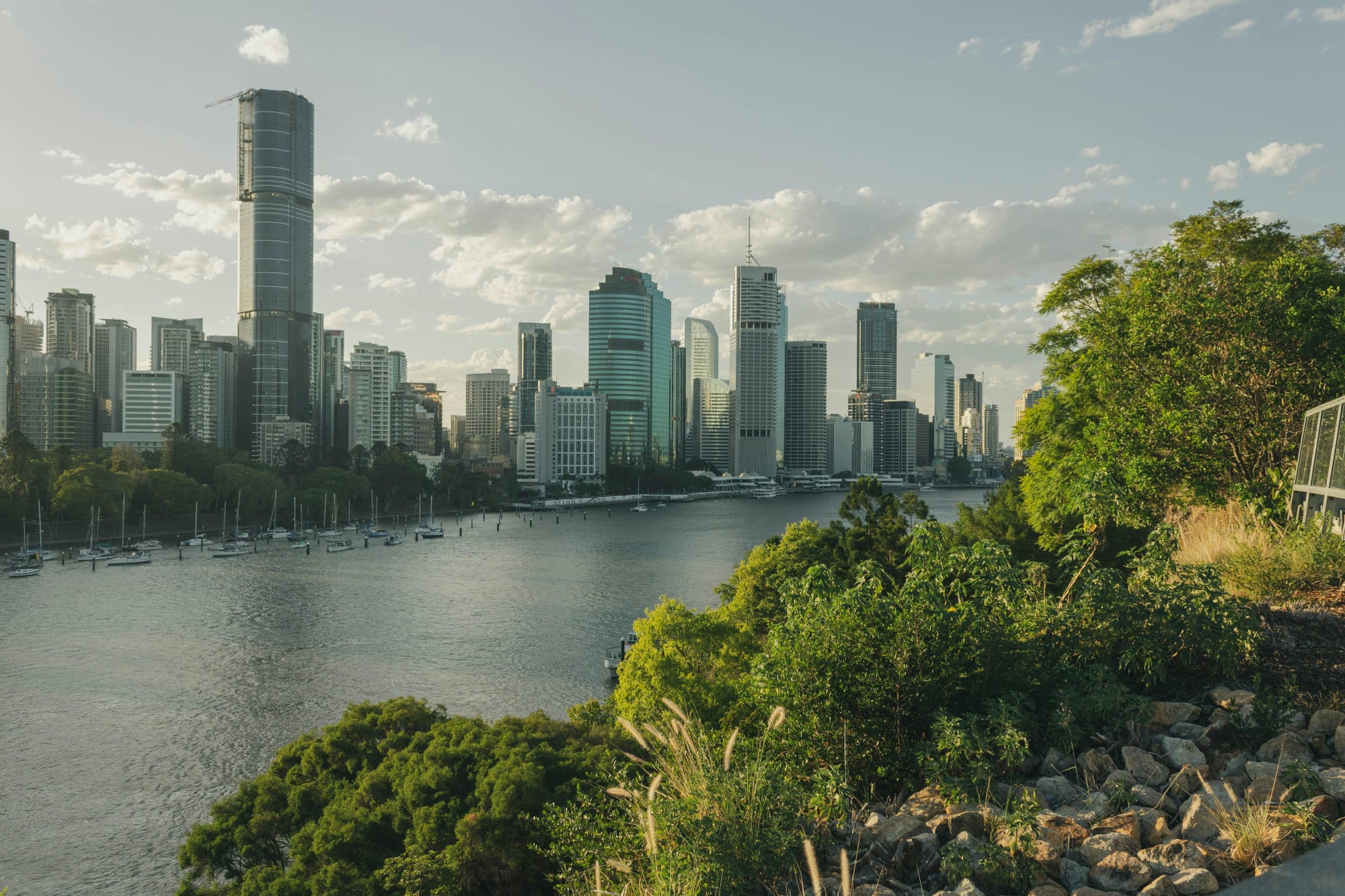Invest
Is the Australian dream becoming more like the Australian nightmare?
With rising house prices, little wage growth and consistent changes to superannuation incentives, the path to wealth accumulation is arguably becoming more difficult to achieve, writes Hewison Private Wealth's Simon Curtain.
Is the Australian dream becoming more like the Australian nightmare?
With rising house prices, little wage growth and consistent changes to superannuation incentives, the path to wealth accumulation is arguably becoming more difficult to achieve, writes Hewison Private Wealth's Simon Curtain.

However, there are ways to future-proof your finances by focusing on priorities at each life stage.
Early adulthood:
At this stage you want to make sure you are putting your income to good use.
Bad debt

The temptation to spend more than you earn is easy. Avoid a “quick fix” solution like getting a credit card that charges interest rates at around 20 per cent. Instead, do what the financially savvy do: budget. Set yourself a goal and contribute regular amounts each month. It doesn’t have to be complicated, try an app like ASIC’s Money Smart app.
Repaying your home loan
If you have a home loan, concentrate on repaying it as quickly as possible. Paying an extra $100 per month could shave three years off the loan and save thousands in interest costs.
Invest in equities
With returns on term deposits hovering around 2 per cent it could be worth considering a direct investment in blue chip shares, or through a low cost investment vehicle like an exchange-traded fund (ETF) or listed investment company (LIC). Realise the power of compounding returns by investing early and holding assets for the medium to long term.
Superannuation
It’s difficult to get excited about superannuation at this early age. However, small steps now will make a significant difference in the future:
· Consolidate your accounts: to avoid paying fees on multiple accounts
· Check your investment option: Most funds will put you into a default investment option, which is usually balanced with an even mix of growth and defensive assets. Considering your long-term investment outlook, look at a growth orientated option
Insurance
This is the best time to apply for insurance to ensure you’re protected in the event of illness, injury or death: you’re generally healthier and the cover is cheaper.
It’s important to have enough insurance cover to repay your debts but it is even more important to have enough cover to financially protect your greatest asset – your ability to generate income. Income protection insurance is often tax deductible and provides an ongoing income stream in the event you are unable to work for medical reasons.
Middle age:
You’re generally at peak earning capacity here, so make hay while the sun shines! If you have a mortgage, a plan to pay it down is the key priority.
With spare income, you may consider:
Wealth accumulation
If you have increased equity in the home, consider drawing on it for wealth creation. If you are confident the return will be greater than the interest rate on the loan you could consider an investment property or shares.
Private school fees
If you have children and plan to send them to a private school, then saving for it while they’re young should be a priority. Given the long investment timeframe, it may be appropriate to invest regular savings in growth assets like blue-chip shares.
Superannuation
Salary sacrificing can be a powerful way to boost your super balance. The tax rate on super is 15 per cent, compared to your marginal tax rate which could be up to 47 per cent.
If your super balance has more than $250,000, a self-managed superannuation fund (SMSF) may be appropriate. An SMSF can provide an unprecedented level of control and flexibility over your asset base, enabling you to develop an investment strategy tailored to your individual situation.
Approaching retirement:
Congratulations! You’ve almost made it to the point where you can enjoy a more relaxed lifestyle, but don't take your foot off the pedal just yet.
Reassess your asset base – especially the family home
While your home has provided you with many years of enjoyment it is also worth considering if its value can boost your nest egg. Downsizing can provide you with a more suitably-sized home and release a substantial amount of equity from the family home, to be directed to your nest egg.
Superannuation
Your priority here is ensuring your super balance will provide you with a steady and reliable income stream throughout retirement. Reduce volatility to aid smoother returns.
You may also consider a transition to retirement (TTR) strategy. This enables you to access your super before retirement and provides an additional income stream should you choose to scale back your participation in the workforce.
Estate Planning
Review your Will to ensure your affairs are in order, and appoint a trusted individual to act as your Power of Attorney (PoA) in the event you lose capacity to make financial or medical decisions yourself.
What should you do now?
Working with a financial adviser will set you up to maximise your financial position throughout the various life stages.
Simon Curtain is a private client adviser and director with independent wealth management firm, Hewison Private Wealth.

Investment insights
Risk seeking among the noise: institutional investors shift strategies amid market fluctuations
In a landscape marked by evolving market dynamics, institutional investors are demonstrating a cautious yet strategic shift in their investment patterns. The latest State Street Institutional Investor ...Read more

Investment insights
2026 Portfolio Growth: Why Australia’s Savviest Investors Are Pausing Deals and Doubling Down on Operations
After a two-year sugar hit for property returns, multiple signals suggest 2026 is a danger year for buying sprees. Australian investors are being urged to slow acquisitions, protect balance sheets, ...Read more

Investment insights
Investors warn: AI hype is fuelling a bubble in humanoid robotics
The burgeoning field of humanoid robotics, powered by artificial intelligence (AI), is drawing significant investor interest, but experts warn that the hype might be creating a bubble. A recent report ...Read more

Investment insights
Australia emerges as key player in 2025 APAC private equity market
Australia has solidified its position as a significant player in the Asia-Pacific (APAC) private equity market, according to a new analysis by global private markets firm HarbourVest PartnersRead more

Investment insights
Global deal activity declines by 6% amid challenging market conditions, reports GlobalData
In a year marked by economic uncertainty and geopolitical tensions, global deal activity has experienced a notable decline, according to recent findings by GlobalData, a prominent data and analytics ...Read more

Investment insights
Furious five trends set to reshape the investment landscape in 2026
The investment landscape of 2026 is poised for transformation as five key trends, dubbed the "Furious Five" by CMC Markets, are set to dominate and disrupt markets. These trends encompass artificial ...Read more

Investment insights
Investors maintain cautious stance amid data uncertainty
Amidst the backdrop of a US government shutdown and lingering economic uncertainties, investors have adopted a neutral stance, as revealed by the latest State Street Institutional Investor IndicatorsRead more

Investment insights
State Street's 2026 global market outlook anticipates cautious growth with strategic investment shifts
State Street Investment Management, the world's fourth-largest asset manager, has released its much-anticipated 2026 Global Market Outlook (GMO) report titled "Forward with Focus." The report provides ...Read more

Investment insights
Risk seeking among the noise: institutional investors shift strategies amid market fluctuations
In a landscape marked by evolving market dynamics, institutional investors are demonstrating a cautious yet strategic shift in their investment patterns. The latest State Street Institutional Investor ...Read more

Investment insights
2026 Portfolio Growth: Why Australia’s Savviest Investors Are Pausing Deals and Doubling Down on Operations
After a two-year sugar hit for property returns, multiple signals suggest 2026 is a danger year for buying sprees. Australian investors are being urged to slow acquisitions, protect balance sheets, ...Read more

Investment insights
Investors warn: AI hype is fuelling a bubble in humanoid robotics
The burgeoning field of humanoid robotics, powered by artificial intelligence (AI), is drawing significant investor interest, but experts warn that the hype might be creating a bubble. A recent report ...Read more

Investment insights
Australia emerges as key player in 2025 APAC private equity market
Australia has solidified its position as a significant player in the Asia-Pacific (APAC) private equity market, according to a new analysis by global private markets firm HarbourVest PartnersRead more

Investment insights
Global deal activity declines by 6% amid challenging market conditions, reports GlobalData
In a year marked by economic uncertainty and geopolitical tensions, global deal activity has experienced a notable decline, according to recent findings by GlobalData, a prominent data and analytics ...Read more

Investment insights
Furious five trends set to reshape the investment landscape in 2026
The investment landscape of 2026 is poised for transformation as five key trends, dubbed the "Furious Five" by CMC Markets, are set to dominate and disrupt markets. These trends encompass artificial ...Read more

Investment insights
Investors maintain cautious stance amid data uncertainty
Amidst the backdrop of a US government shutdown and lingering economic uncertainties, investors have adopted a neutral stance, as revealed by the latest State Street Institutional Investor IndicatorsRead more

Investment insights
State Street's 2026 global market outlook anticipates cautious growth with strategic investment shifts
State Street Investment Management, the world's fourth-largest asset manager, has released its much-anticipated 2026 Global Market Outlook (GMO) report titled "Forward with Focus." The report provides ...Read more








